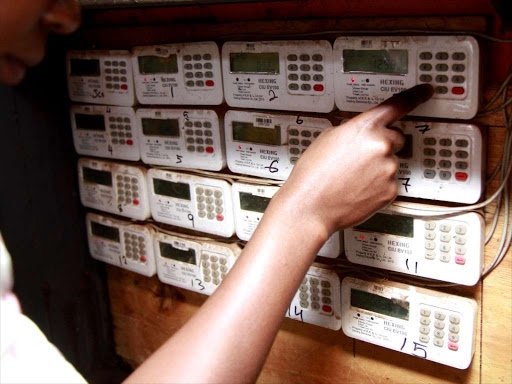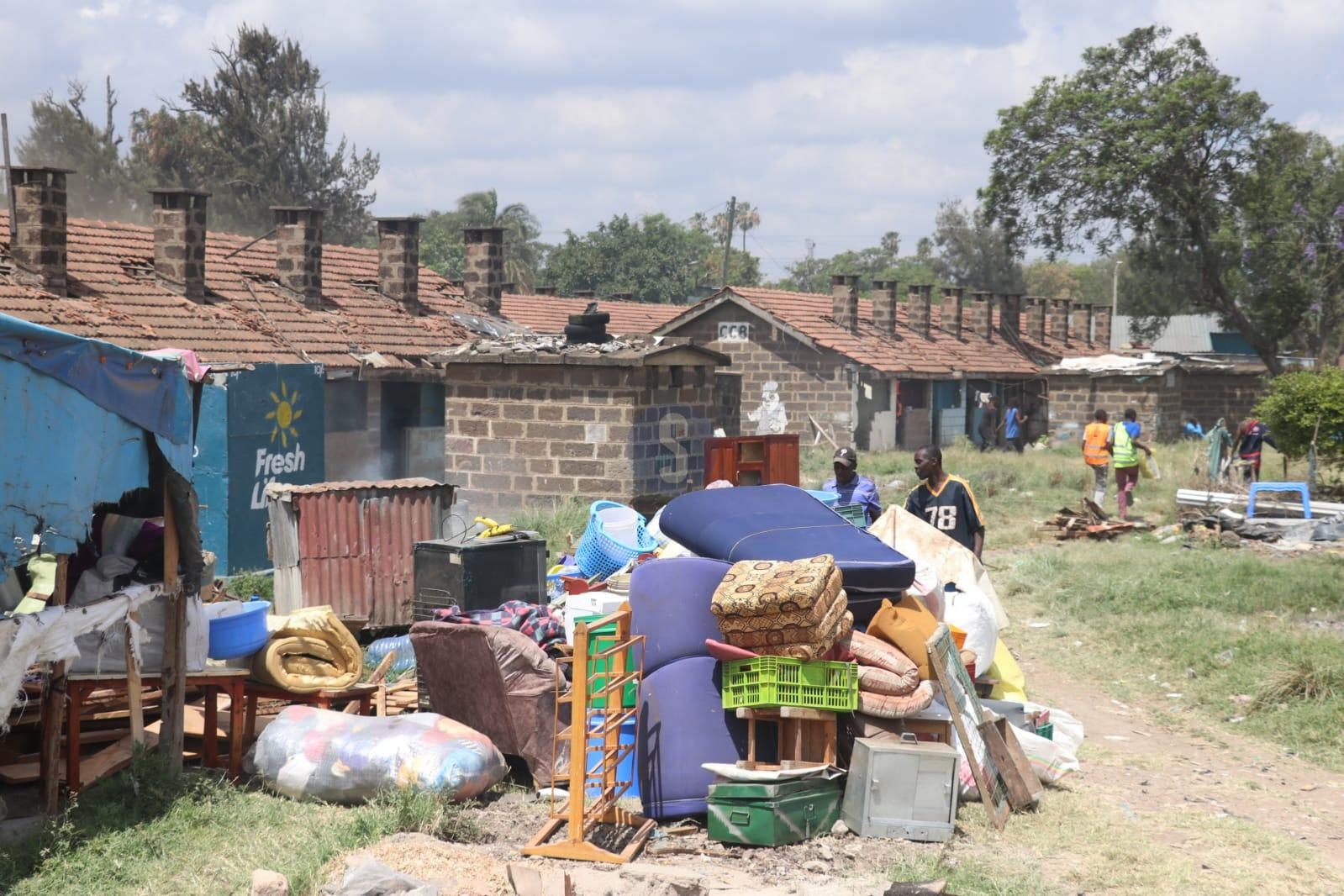
 Energy CS Opiyo Wandayi with Turkana Governor Jeremiah Lomorukai conducting stakeholder engagement on the South Lokichar Oil Field Development Plan in Lodwar, Turkana Central. /HANDOUT
Energy CS Opiyo Wandayi with Turkana Governor Jeremiah Lomorukai conducting stakeholder engagement on the South Lokichar Oil Field Development Plan in Lodwar, Turkana Central. /HANDOUT
Kenya has resuscitated dreams to produce oil after the government finally approved the South Lokichar Basin Field Development Plan (FDP).
According to the Energy and Petroleum CS, Opiyo Wandayi, this marks a historic point in Kenya’s drive to build a modern, competitive, first-world economy.
"Today, I signed the instruments required for submission of the approved FDP to Parliament for ratification in accordance with Article 71 of the Constitution and Section 31 of the Petroleum Act (Cap. 308)," he said at a press conference in Nairobi.
This is the first time an FDP has advanced to this level, signaling Kenya’s shift from exploration to development and, soon, to commercial production.
The process had been delayed for over a decade, prompting various partners in the project to exit. In April this year, Tullow Oil PLC agreed to sell its entire Kenyan portfolio to Gulf Energy Ltd for a minimum consideration of $120 million, effectively exiting a project that had faced years of regulatory delays, partner withdrawals, and investment uncertainty.
The FDP was submitted to the Energy and Petroleum Regulatory Authority (EPRA) by Gulf Energy E&P BV (GE), a Kenyan investor licensed to develop Block T6 and Block T7 in the Tertiary Rift Basin.
It outlines how six discoveries within the development area will be fully developed, alongside further appraisal and exploration aimed at maximising resource recovery.
The strategy follows a phased approach, beginning with the largest and most technically mature reservoirs. The total investment needed to fully develop the six discoveries is approximately $6.1 billion (Sh793 billion), with a best-estimate recovery of 326 million stock-tank barrels over the 25-year contract period. Phase 1 is projected to produce 20,000 barrels of oil per day, rising to 50,000 barrels per day under Phase 2.
The Contractor targets First Oil by December 2026 and full ramp-up by 2032.
"This development will generate benefits felt both nationally and locally. It will create jobs, open opportunities for local suppliers, stimulate new enterprises, and support long-term economic activity," Wandayi said.
For Northern Kenya, especially Turkana and West Pokot, the project is expected to help improve infrastructure, attract additional investment, and support local priorities through revenue-sharing arrangements.
Communities will benefit directly through employment, procurement opportunities, skills, development, and social investments. At the national level, the South Lokichar Development strengthens the foundation of a future first-world economy by diversifying Kenya’s economic base, improving the balance of payments, and positioning the country as a predictable and attractive destination for global capital.
It will also build new technical competencies in petroleum engineering, operations and logistics, and capabilities that contribute to long-term national competitiveness.
"Successful execution of this project will signal to the world that Kenya is ready for large-scale, high-value industrial investments."
This is the single most significant private sector-driven upstream petroleum investment in recent times. It is a milestone that moves Kenya closer to unlocking its broader petroleum potential and reinforces our ambition to build a resilient, innovation-driven, and opportunity-rich economy.
Wanadyi said that his ministry will continue working with other government ministries, departments and agencies, county governments, the Contractor and community stakeholders to ensure timely and responsible delivery.
"I call on all partners to stay engaged. Our shared responsibility is to deliver a project that is both inclusive and nationally beneficial."
The ministry added that the state has full confidence in GE’s capacity and commitment to deliver First Oil within the agreed timelines and to progress to full-field development. As implementation continues, the Contractor is expected to prioritize local content, particularly local employment, procurement, and capacity-building for host communities.
"As we unlock the potential of the South Lokichar Basin, the state remains committed to expanding opportunities in other basins."
Plans are underway to make additional blocks available through licensing rounds and direct negotiations.
He revealed that further opportunities exist in data reprocessing, acquisition, processing, and interpretation under the multi-client framework.
"Throughout this process, we remain committed to transparency, competitiveness, and sustainability."













